Nakayama is in between Narita And Haneda International Airport
<クッキーについての同意並び欧州居住者向けプライバシーポリシー>
中山・下総・散歩道
A Walk on Mama Connecting With Myriad Leaves
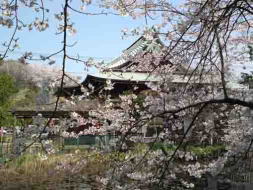
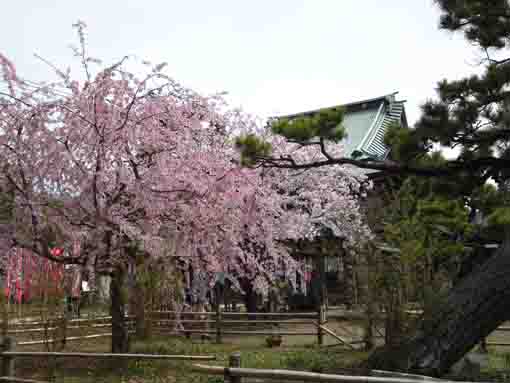
Myriad Leaves (Manyoshu) is the oldest book of Japanese poems edited in between 7th and 8th century, and Mama and the legendary beauty Tekona were appeared on some poems in it. Now, some landmarks appear on the poems existing in Mama. In late Edo period, Edo Meisho Zue (a guide book describing many popular landmarks in Edo) and Meisho Edo Hyakkei (100 Noted Spots in Edo) drawn by Hiroshige Utagawa introduced the views in Mama. Moreover, many people have visited Mama and they have created some tanka and haiku poems for over thousand years, Akahito Yamabe, Mushimaro Takahashii, Nichiren, Dokan Ota, Shiki Masaoka and Hakushu Kitahara visited and remain their works describing Mama. Moreover, Mama no Tsugihashi Bridge has been described in many Japanese poems by many great poets such as Chomei Kamo, Teika Fujiwara, Sanetomo Minamoto and so forth for thousand years.
Now Mama no Tsugihashi Bridge, Mama no I Well and Tekona Reishindo Hall exist in residential area quietly, but visitors could enjoy thinking of the ancient Japanese while they are reading the poems, so visitors could learn a lot about Japanese history and culture while they are walk in Mama.
Why don't you visit the landmarks in Mama connecting with Myriad Leaves?
The Noted Landmarks Appearing on Myriad Leaves
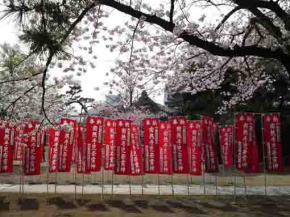
Tekona Reishindo Hall
The legendary beauty Tekona is dedicated this temple.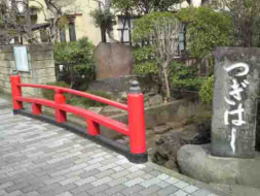
Mama no Tsugihashi Bridge
This bridge has been introduced in many poems for 1000 years.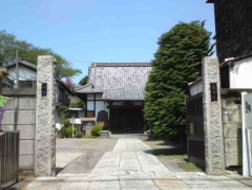
Kameiin Temple
Tekona dove into Mama no I well in this temple.- 広告 Advertisement -
